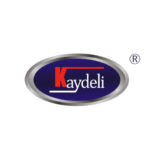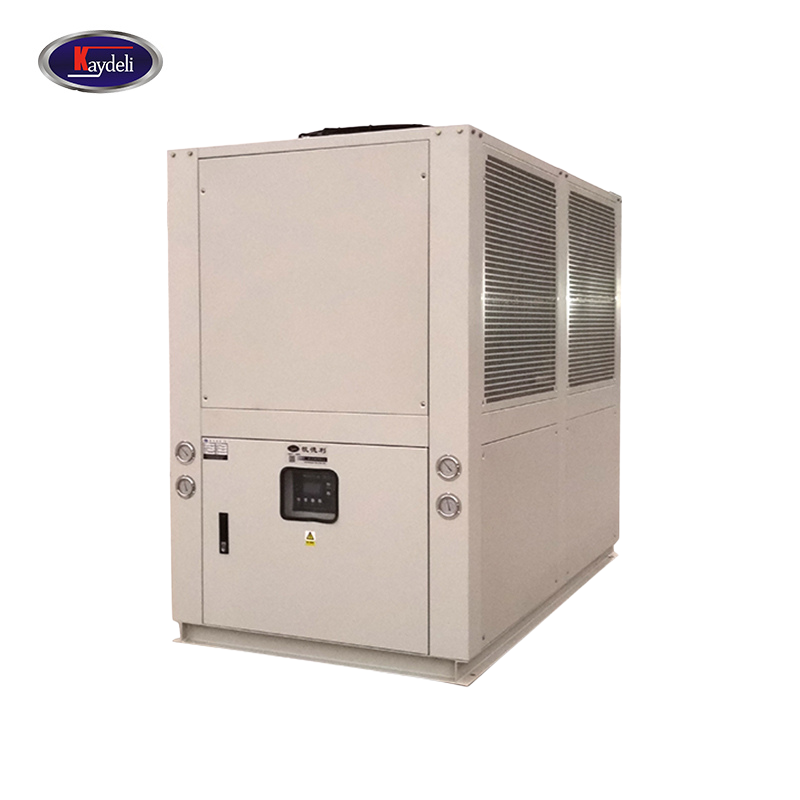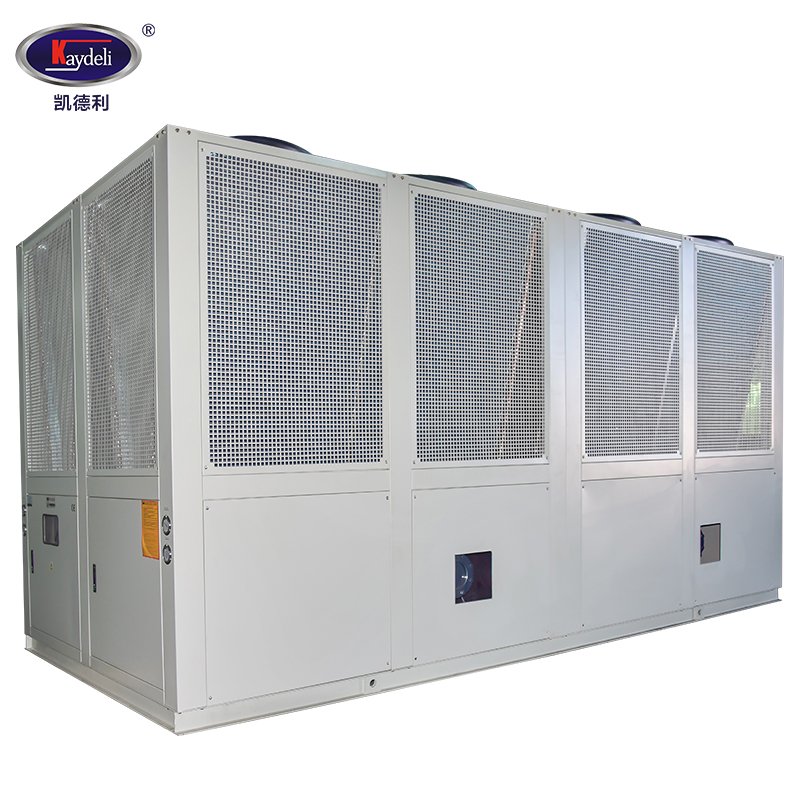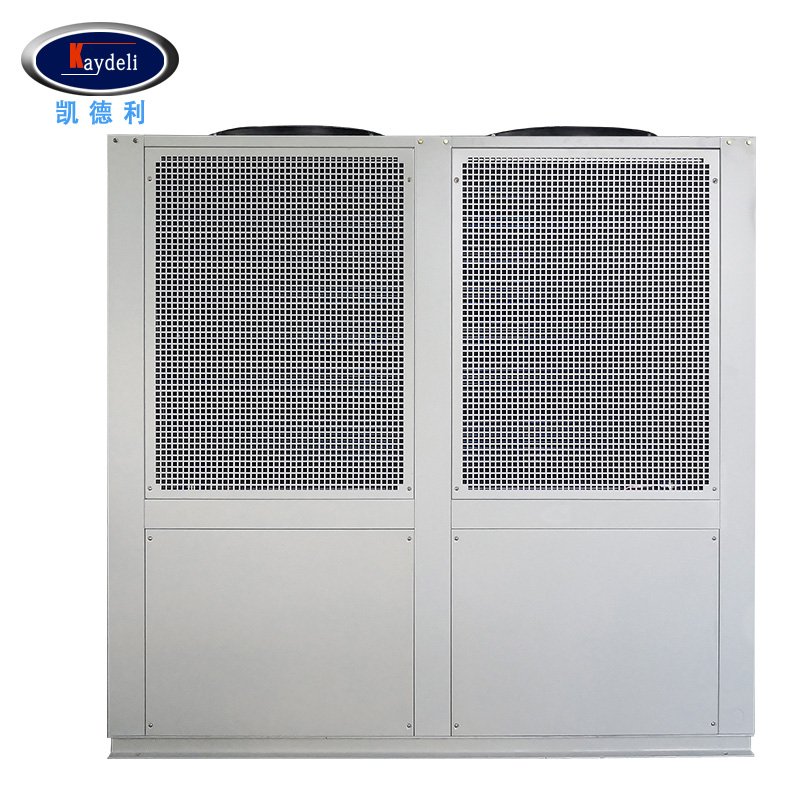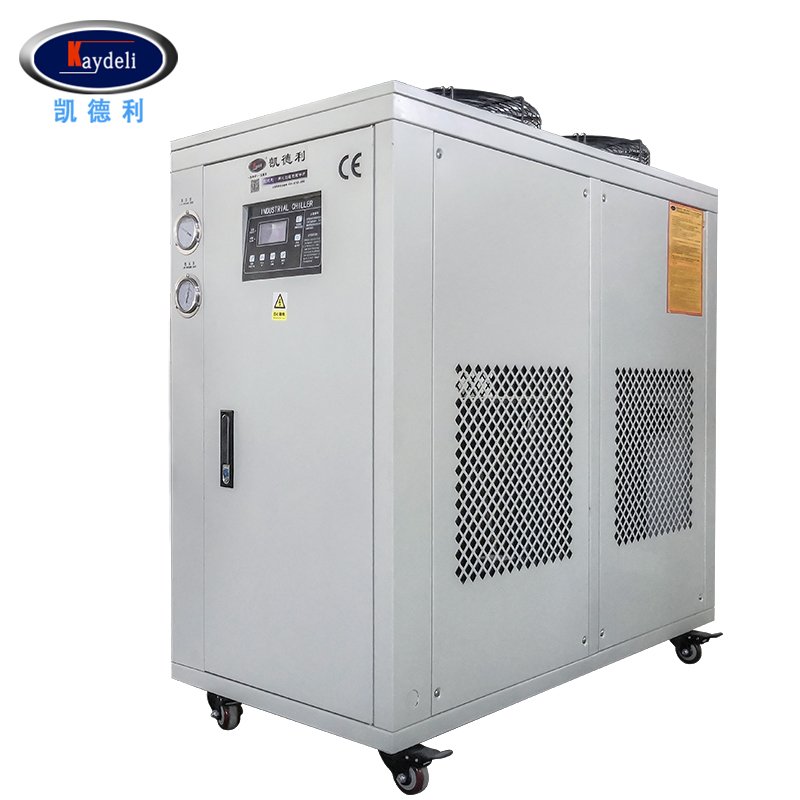- Kaydeli
- Refroidisseurs à basse température
Refroidisseurs à basse température
Catalogy:Air Cooled Chillers
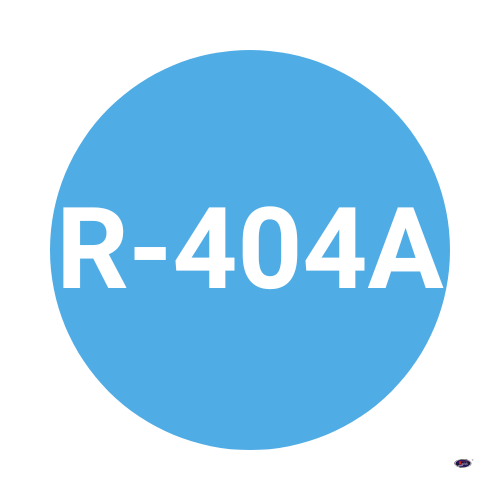

Déterminez la capacité de refroidissement adaptée à votre installation en estimant les besoins en kilowatts par heure. 🤓
|
Capacité de refroidissement : -- kW
|
|
Principe de fonctionnement de base des refroidisseurs
Les groupes frigorifiques fonctionnent sur la base d'un cycle du réfrigérant pour assurer un refroidissement efficace en extrayant la chaleur des zones désignées. Ce cycle comprend quatre étapes principales :
Compression
Condensation
Expansion
Évaporation
Ce processus permet aux refroidisseurs de fournir un refroidissement constant dans diverses applications industrielles et commerciales en éliminant continuellement la chaleur de l'environnement.
Qu'est-ce que les refroidisseurs à basse température ?
Refroidisseurs à basse température sont des unités de refroidissement spécialisées conçues pour atteindre et maintenir des températures extrêmement basses, généralement en dessous du point de congélation, afin de soutenir les applications industrielles et scientifiques nécessitant un contrôle précis de la température. Contrairement aux refroidisseurs standard, qui fonctionnent généralement dans des plages de température standard, les refroidisseurs basse température sont conçus pour atteindre et maintenir des températures aussi basses que -40°C ou même plus basses, en fonction de l'application. Ces refroidisseurs utilisent des cycles de réfrigération avancés et des composants spécialisés pour répondre aux exigences des environnements en dessous de zéro.
| Fonctionnalité | Description |
|---|---|
| Plage de température ultra-basse | Conçus pour les processus nécessitant des températures bien inférieures à 0°C, les refroidisseurs basse température sont idéaux pour les applications spécialisées où le refroidissement standard est insuffisant. |
| Cycle de réfrigération amélioré | Ces refroidisseurs utilisent souvent des cycles de réfrigération à plusieurs étages ou en cascade, combinant différents mécanismes de refroidissement pour atteindre et maintenir efficacement des températures extrêmes. |
| Haute précision et stabilité | Les refroidisseurs basse température sont capables de contrôler la température avec précision, ce qui permet un refroidissement stable et ininterrompu, même à des températures très basses. |
Differences Between Low-Temperature and Standard Chillers
Discover the key distinctions between low-temperature chillers and standard chillers, focusing on their temperature range, cooling capacity, and specialized applications for precise industrial and commercial cooling needs.
| Aspect | Refroidisseurs à basse température | Standard Chillers |
|---|---|---|
| 1. Temperature Range and Cooling Capacity | Engineered for sub-zero temperatures, ranging from -10°C to -40°C or lower. Ideal for chemical reactions, material testing, and sample preservation. | Operates within 5°C to 25°C, suitable for applications like air conditioning, general manufacturing, and laboratory uses. |
| Key Distinction: Low-Temperature Chillers are suited for applications needing sub-zero temperatures, while standard chillers serve everyday cooling needs. | ||
| 2. Refrigeration Cycle and Technology | Often uses multi-stage or cascade cycles, with specialized refrigerants to achieve and maintain ultra-low temperatures. | Utilizes single-stage compression cycles with standard refrigerants (e.g., R-134a or R-410A), effective at moderate temperatures. |
| Key Distinction: Low-Temperature Chillers employ advanced systems like cascade cycles for ultra-low temperatures. | ||
| 3. Compressor Type and Efficiency | Features multi-stage or high-pressure compressors designed to handle low temperatures with high efficiency under intense pressure. | Uses single-stage compressors (scroll, piston, or screw) that perform well in moderate temperature ranges. |
| Key Distinction: Compressors in Low-Temperature Chillers are robust for high-demand, low-temperature use. | ||
| 4. Precision and Temperature Stability | Offers precise control to within ±0.1°C, critical for sensitive applications such as pharmaceuticals and chemical reactions. | Maintains steady temperatures but lacks the precision needed for highly sensitive applications. |
| Key Distinction: Low-Temperature Chillers provide precision control for critical stability in sensitive environments. | ||
| 5. Applications and Use Cases | Used in industries needing specific cooling conditions, including chemical processing, pharmaceuticals, environmental testing, and research labs. | Common in HVAC, plastics processing, metalworking, and general manufacturing. |
| Key Distinction: Low-Temperature Chillers cater to niche applications, while standard chillers offer versatile cooling for general use. | ||
| 6. Cost and Energy Efficiency | Higher initial cost and energy usage due to complex systems and durable components, adding value in precision cooling environments. | More cost-effective and energy-efficient for moderate cooling needs, ideal for everyday use. |
| Key Distinction: Low-Temperature Chillers have a higher cost but are critical for industries needing specialized cooling. | ||
Ressources
Exigences en matière de refroidissement
Determining Cooling Capacity
Selecting the right cooling capacity is crucial to ensure a Low-Temperature Chiller can meet your application’s demands effectively. Here’s how to assess your needs:
| Étape | Description |
|---|---|
| 1. Evaluate the Heat Load | Calculate the total heat generated by equipment or processes requiring low temperatures. This heat load, typically measured in kilowatts (kW) or tons of refrigeration (TR), can usually be found in equipment specifications or estimated based on process requirements. |
| 2. Consider the Required Temperature Range | Identify the specific temperature range necessary for your application. For example, chemical processes may require temperatures as low as -30°C, while food storage applications might need temperatures around 0°C to -5°C. Understanding this range helps determine the chiller capacity needed to reach and maintain such low temperatures. |
| 3. Consult Cooling Formulas | Use industry-standard cooling formulas or online calculators to convert your heat load and target temperature into specific cooling capacity needs. Consulting with a professional can further refine these requirements to ensure precise capacity calculations for low-temperature applications. |
When to Choose Low-Temperature Chillers
Low-Temperature Chillers are ideal for industries and applications that require consistent cooling at sub-zero temperatures. Here are scenarios where they are especially useful:
Chemical and Pharmaceutical Manufacturing
For environments where reactions are sensitive to temperature variations, Low-Temperature Chillers provide stable cooling, ensuring controlled conditions for quality and safety.
Food Processing and Storage
Applications that require food preservation or freezing benefit from the precise low temperatures maintained by these chillers, which help avoid spoilage and maintain product quality.
Testing and Research Facilities
Low-Temperature Chillers enable accurate simulation of extreme conditions, essential for environmental testing and lab applications that require stable, ultra-low temperatures.
Biotechnology
For applications involving biological materials, a stable sub-zero environment is necessary to preserve sample integrity and prevent degradation.
Exigences en matière de température
Target Temperature Needs
When selecting a Low-Temperature Chiller, it’s essential to determine the precise temperature requirements of your application. These chillers are specifically designed to achieve and maintain ultra-low temperatures, making them suitable for applications where standard cooling ranges are insufficient. Here’s what to consider:
| Requirement | Description |
|---|---|
| Identify Optimal Temperature Range | Define the specific temperature range required for your processes. For example, chemical processing might need temperatures as low as -30°C, while food storage could require stable temperatures around -5°C. |
| Ensure Temperature Stability | Low-Temperature Chillers excel at maintaining a consistent temperature even in demanding conditions. For industries such as biotechnology or pharmaceutical manufacturing, where minor temperature fluctuations can impact results, precise and stable cooling is crucial. |
Environmental Temperature Impact
Le milieu ambiant dans lequel le refroidisseur fonctionne peut influencer son efficacité et ses capacités de refroidissement, en particulier dans les climats extrêmes.
| Condition | Description |
|---|---|
| High Ambient Temperatures | In hotter climates, the chiller may need to work harder to reach ultra-low temperatures, potentially requiring additional cooling capacity. Ensuring proper ventilation or positioning the chiller in a shaded area can help optimize performance. |
| Low Ambient Temperatures | Low-Temperature Chillers are generally designed to operate efficiently in colder settings. However, it’s essential to monitor the surrounding environment to avoid conditions that could impact cooling performance or risk freezing of components. |
Understanding both target and environmental temperatures helps ensure your chiller performs optimally. If your application involves varying ambient conditions, selecting a model specifically rated for consistent performance across different climates is recommended. This helps guarantee reliable cooling, energy efficiency, and temperature stability, regardless of external factors.
Installation et entretien
Exigences en matière d'installation
Proper installation is critical for maximizing the efficiency and lifespan of Low-Temperature Chillers, especially in applications where maintaining ultra-low temperatures is essential. Here are some key installation considerations:
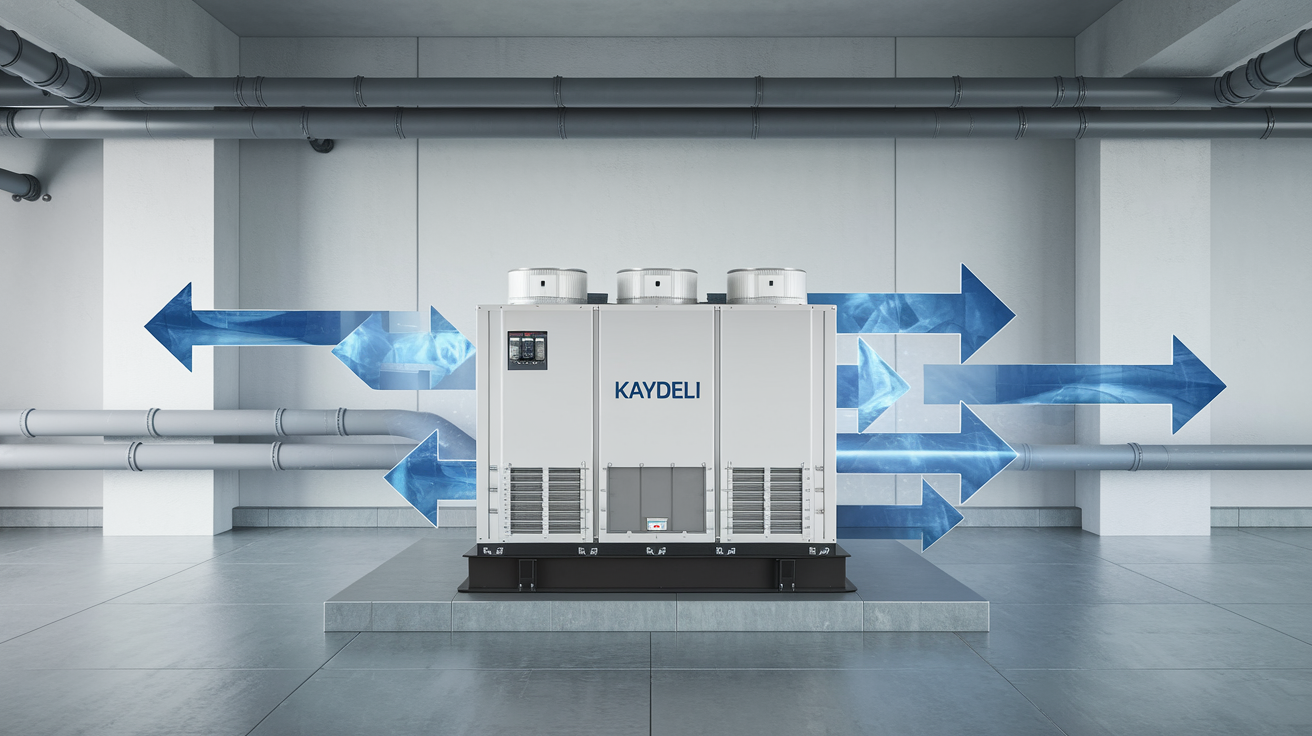
Space and Ventilation
Ensure adequate space around the chiller to allow for proper airflow and ventilation. Low-Temperature Chillers, especially air-cooled models, require good air circulation to prevent overheating and maintain cooling efficiency.
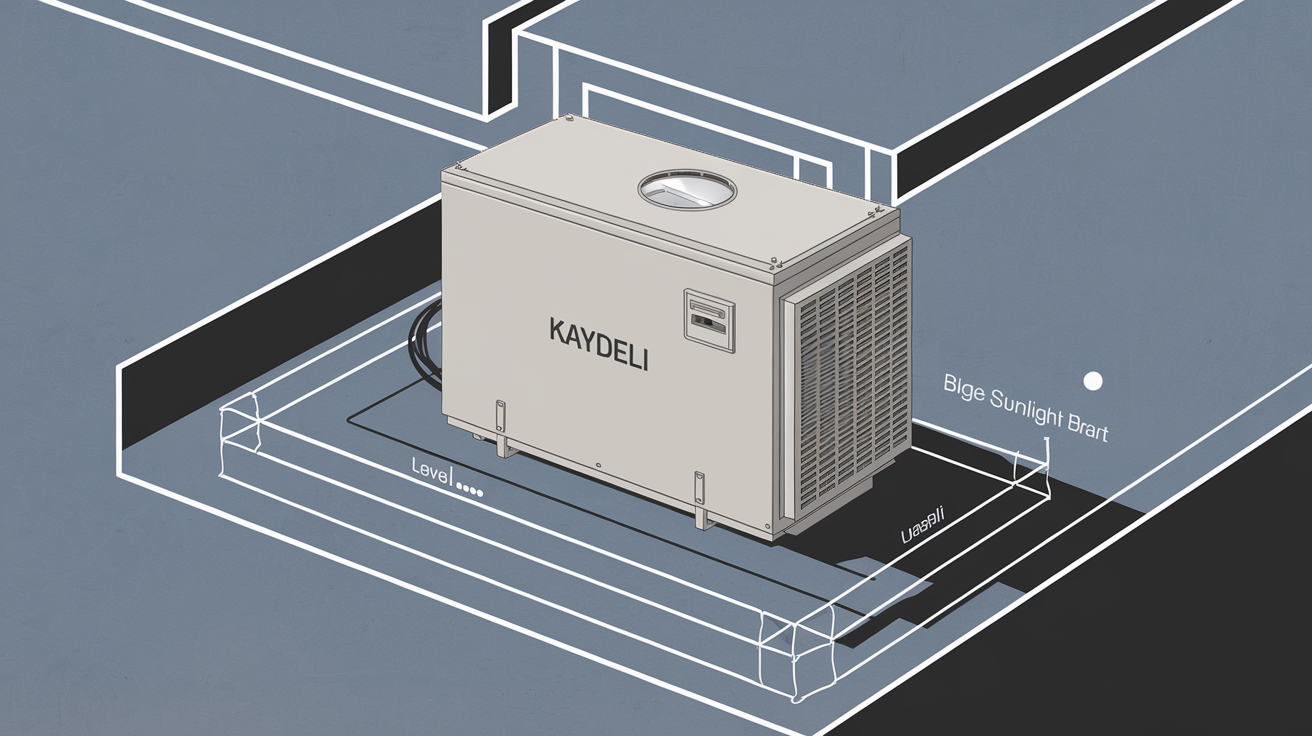
Positioning and Surface Stability
Place the chiller on a stable, level surface to minimize vibrations. It’s ideal to install the unit away from direct sunlight and other heat sources to maintain consistent cooling performance.
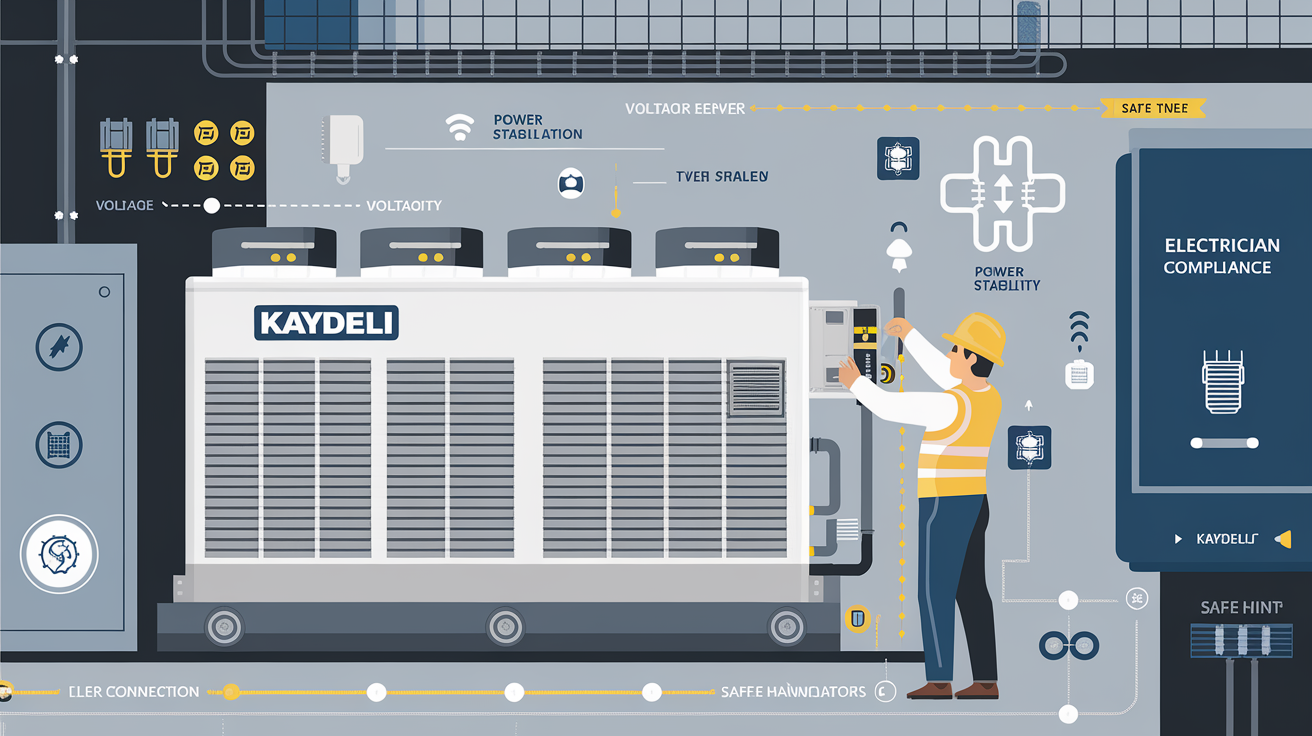
Configuration électrique
Confirm that the electrical supply meets the chiller’s voltage and power requirements. Due to the precision cooling needs of low-temperature applications, it’s recommended to hire a licensed electrician for safe and compliant setup.
Maintenance Tips
Regular maintenance is essential for sustaining the efficiency and durability of Low-Temperature Chillers, particularly when they operate in demanding applications:
| Maintenance Step | Description |
|---|---|
| Routine Cleaning | Clean air filters, condenser coils, and evaporator surfaces regularly to prevent dust and debris buildup. Clogged components can reduce cooling efficiency and lead to increased energy consumption. |
| System Inspections | Check refrigerant levels, monitor system pressures, and inspect for potential leaks. Keeping an eye on these parameters helps identify issues early and prevents unexpected downtime. |
| Seasonal Adjustments | In high-demand periods or extreme environments, increase the frequency of maintenance checks to ensure reliable operation. This can include deep cleaning of condenser coils, checking electrical connections, and testing performance settings. |
| Scheduled Professional Maintenance | Engage professional maintenance services periodically to assess the health of the compressor, calibrate controls, and optimize system performance. Professional service ensures that the chiller operates at peak efficiency, even at ultra-low temperatures. |
Consommation d'énergie et rentabilité
Energy Efficiency in Low-Temperature Operations
Advanced Refrigeration Cycles
Many Low-Temperature Chillers use multi-stage or cascade refrigeration cycles, efficiently achieving ultra-low temperatures. While these systems may consume more energy initially, they offer reliable and precise cooling that can save costs by reducing product spoilage or improving production consistency.
Compresseurs à vitesse variable
Some models incorporate variable speed compressors, allowing the chiller to adjust its capacity based on the cooling load. This feature helps optimize energy consumption during lower demand periods, resulting in significant cost savings.
Seasonal Energy Efficiency
Low-Temperature Chillers are engineered for high efficiency in cold environments, but energy efficiency may fluctuate based on ambient conditions. For year-round applications, a chiller with a high seasonal energy efficiency ratio (SEER) can help control energy usage during temperature variations.
Balancing Initial Investment and Operational Costs
Investing in a Low-Temperature Chiller involves balancing the initial purchase cost with long-term operational savings:
Upfront Costs
Low-Temperature Chillers often have a higher initial cost due to their specialized components and refrigeration cycles. However, this investment is offset by the ability to maintain precise cooling at sub-zero temperatures, which is essential for quality control and process efficiency in many industries.
Reduced Downtime and Maintenance Costs
Low-Temperature Chillers are designed for durability and high performance, often requiring less frequent maintenance than standard chillers when properly cared for. This reduces downtime and lowers maintenance expenses, contributing to cost savings over time.
Long-Term Savings
The energy-efficient design of Low-Temperature Chillers can lead to substantial savings, particularly for operations requiring continuous low-temperature cooling. The combination of consistent performance and precise temperature control provides a cost-effective solution for businesses that prioritize quality and efficiency.
Soutien à la marque et au service après-vente
Trusted Brand Reputation
Investing in a Low-Temperature Chiller from a reputable brand like Kaydeli ensures quality, durability, and performance. Here’s why brand reliability is crucial:
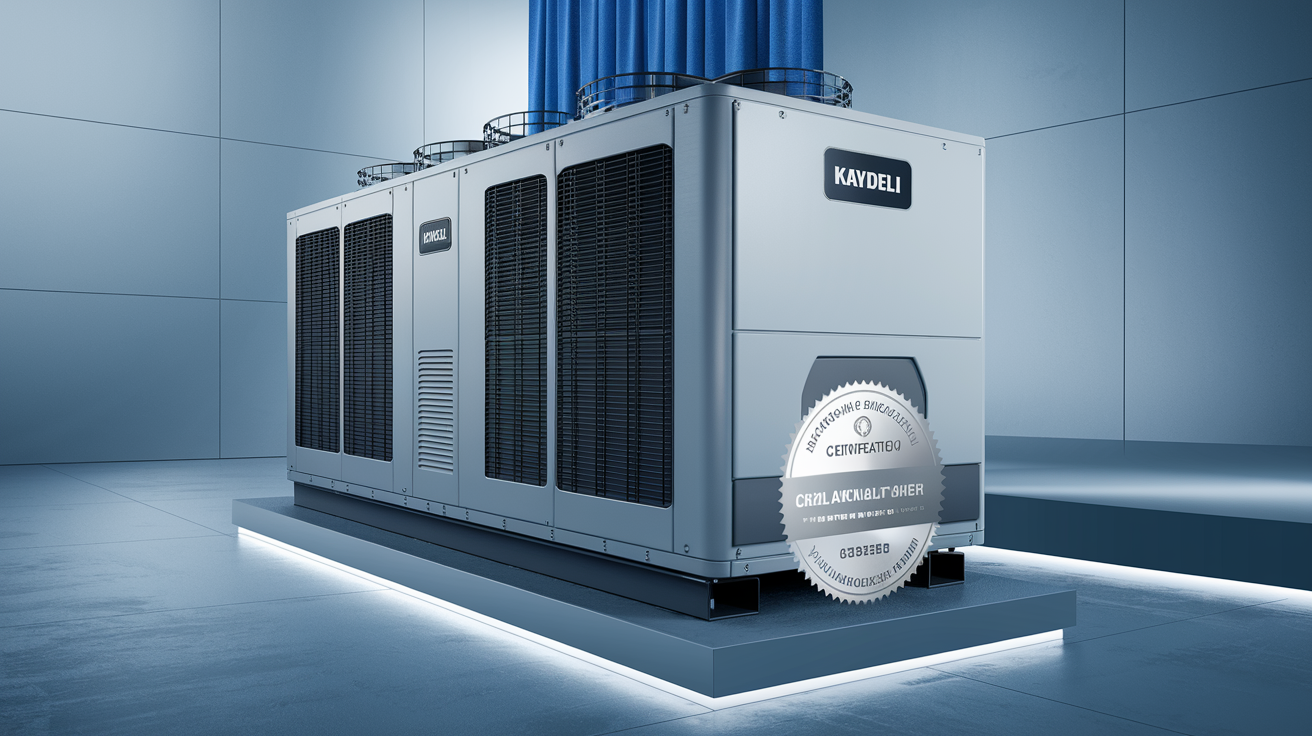
Des normes de qualité rigoureuses
Kaydeli chillers undergo stringent testing to meet high industry standards, providing dependable performance and energy efficiency across various applications.
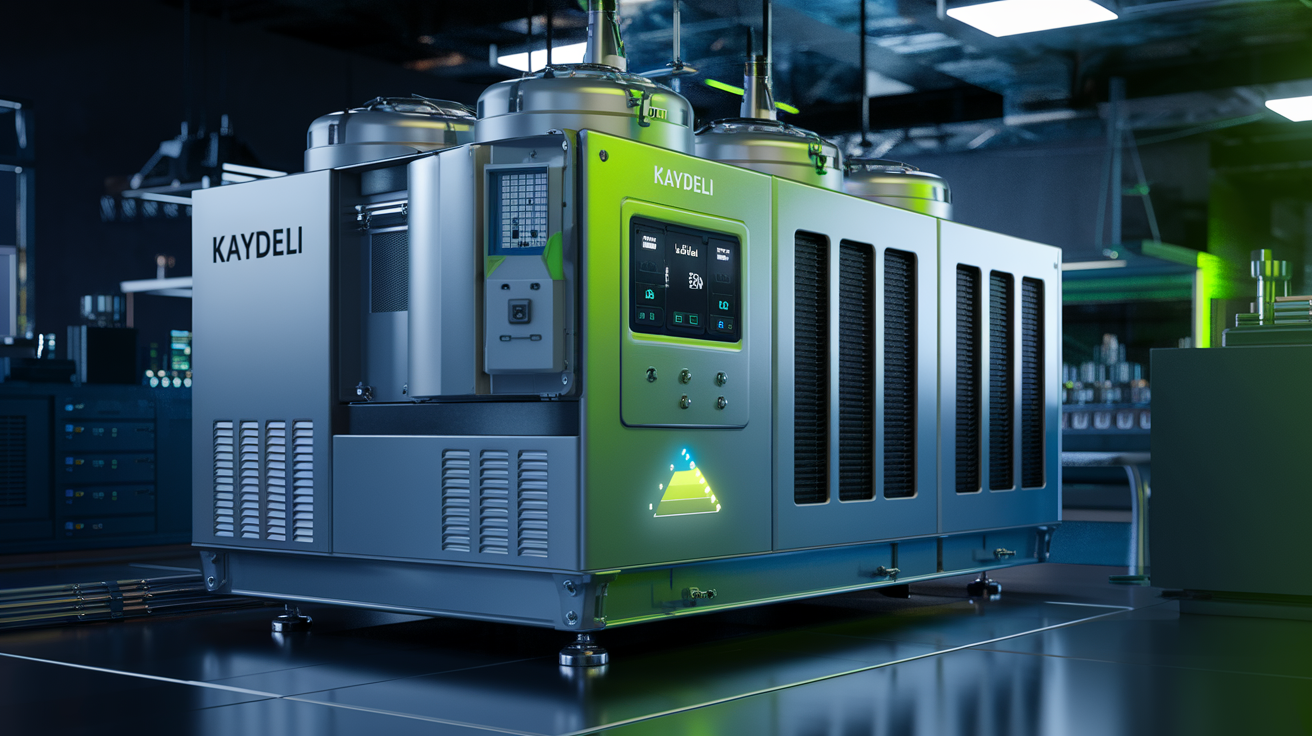
Cutting-Edge Technology
Kaydeli’s Low-Temperature Chillers are designed with advanced refrigeration systems, ensuring precise, stable cooling even in demanding environments. This commitment to innovation guarantees customers an optimized cooling solution.

Pratiques durables
Kaydeli is dedicated to eco-friendly manufacturing practices, incorporating energy-efficient technologies and sustainable refrigerants to reduce the environmental impact of its products.
Support après-vente complet
Reliable after-sales support is essential for maintaining the efficiency and longevity of Low-Temperature Chillers. Kaydeli offers comprehensive customer support, including:
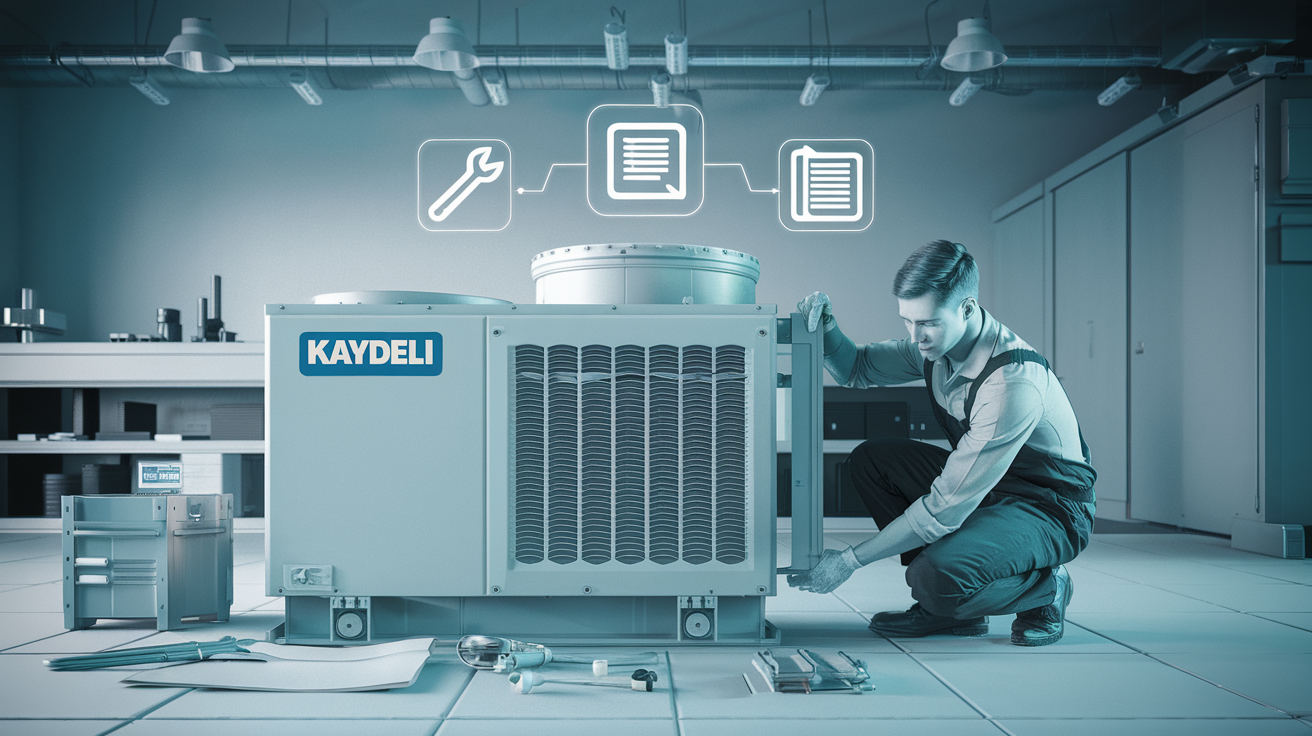
Assistance à l'installation
Professional guidance during setup ensures the chiller is installed correctly, maximizing performance and energy efficiency.
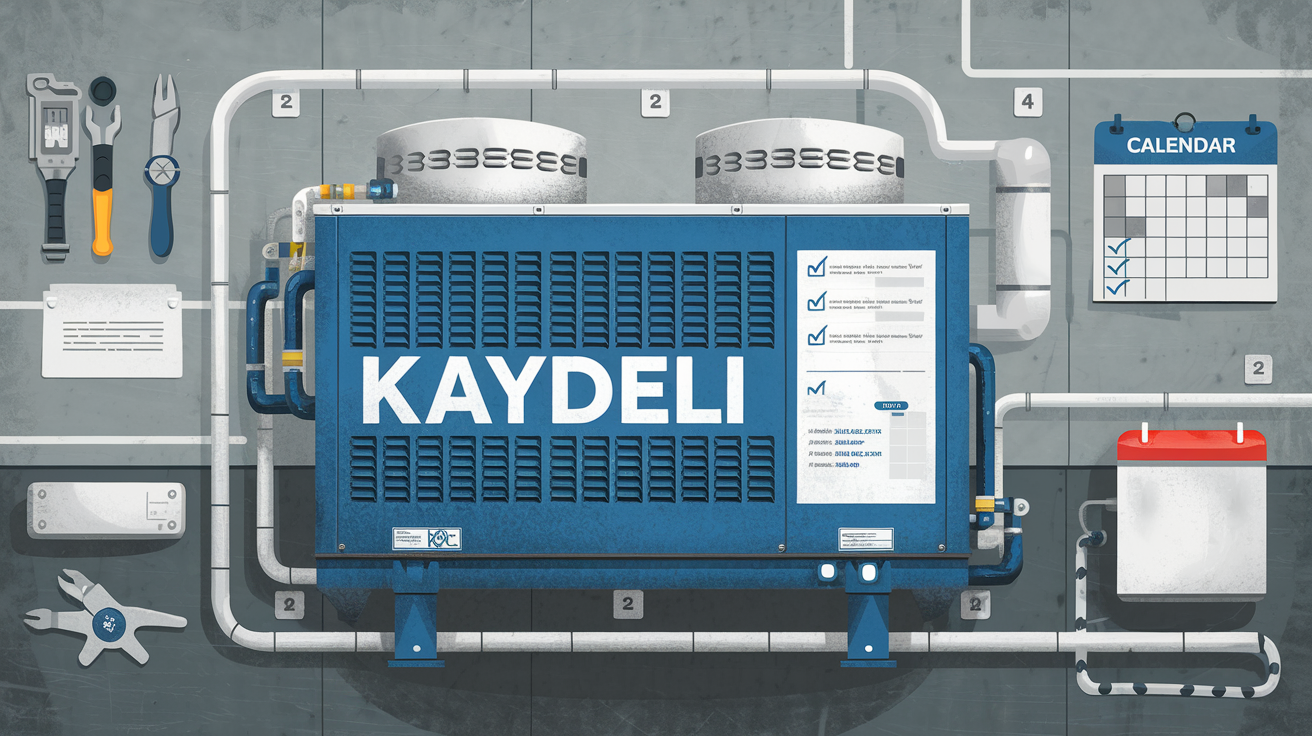
Scheduled Maintenance Programs
Kaydeli provides maintenance plans tailored to each chiller model, helping reduce downtime and extend equipment life.
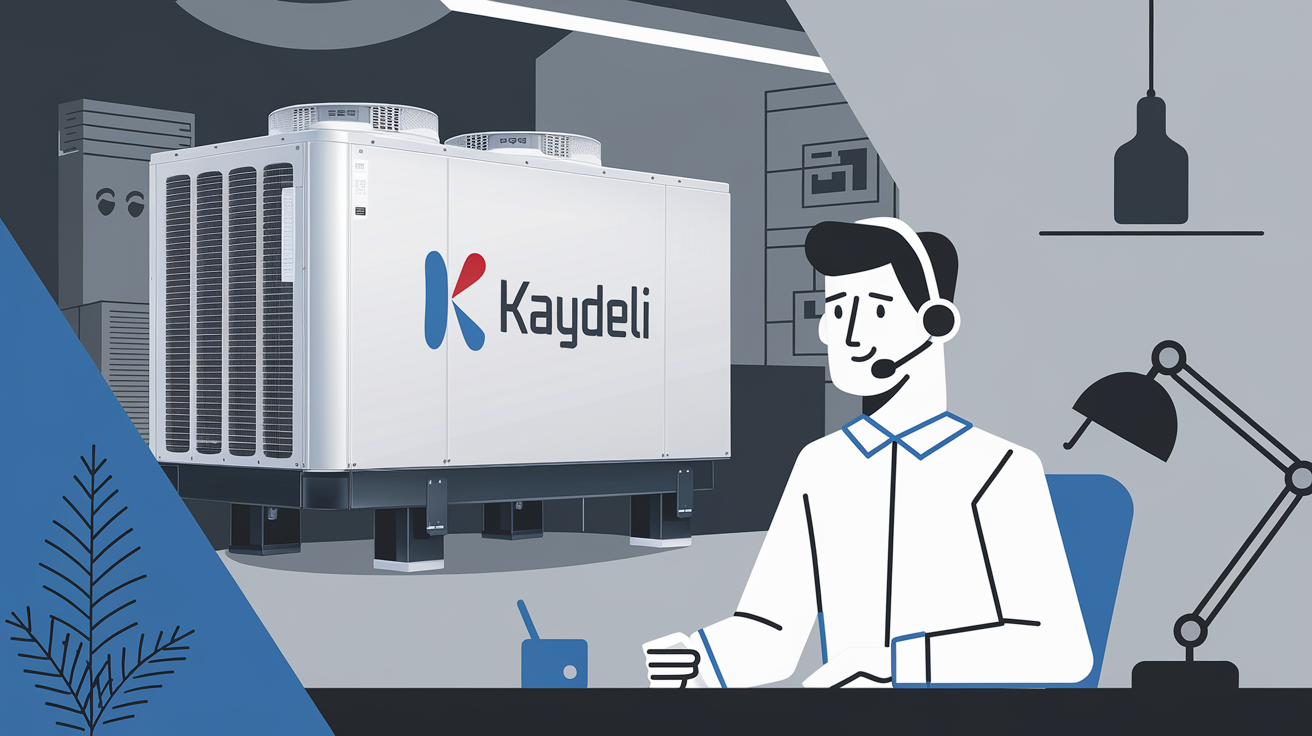
Technical Support
Kaydeli’s dedicated support team is available to troubleshoot issues, provide technical advice, and ensure minimal disruptions in your operation.
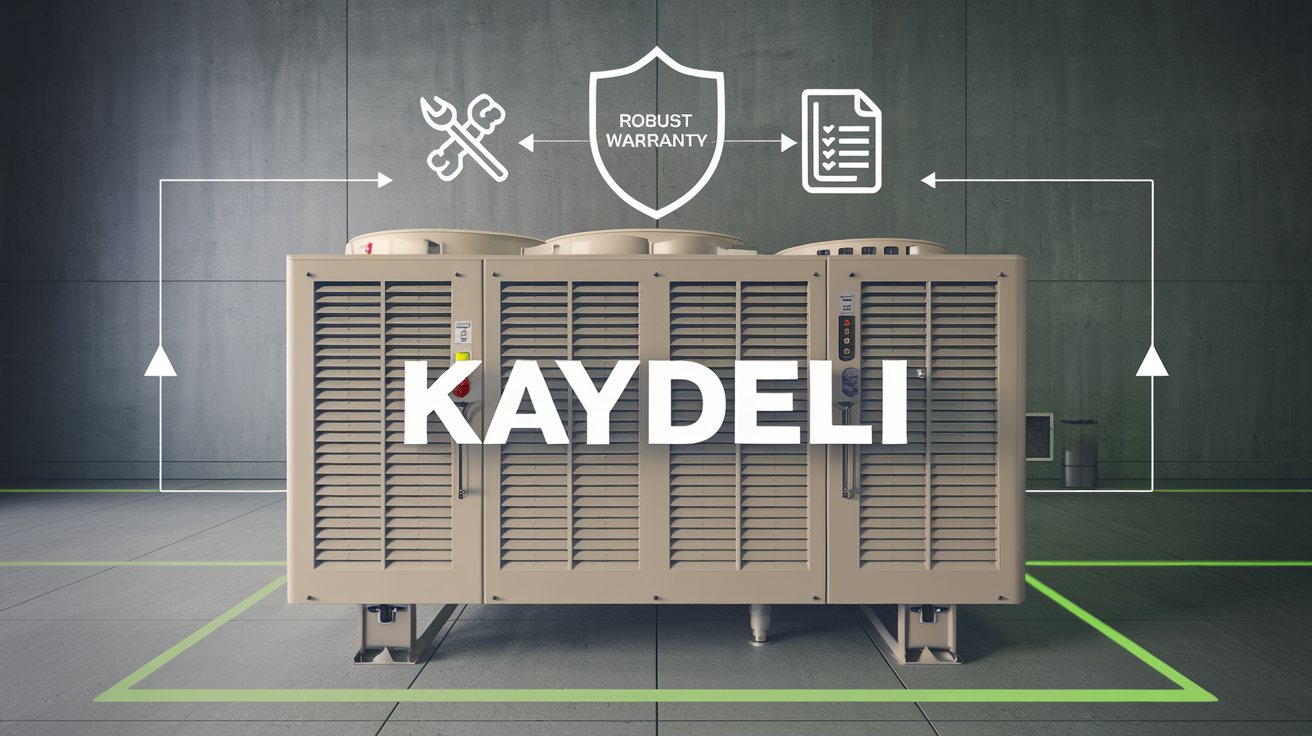
Services de garantie et de réparation
Robust warranty options give customers peace of mind, offering repair or replacement coverage for unexpected issues and guaranteeing long-term reliability.
Commentaires des clients et études de cas
Customer feedback is an invaluable resource when choosing a Screw Type Air-Cooled Chiller. Here are a few highlights of how Kaydeli Screw Type Chillers have excelled across different industries:

Adam Smith
Customers in the food and beverage industry appreciate the consistent cooling performance of piston-type chillers, which help maintain precise temperatures crucial for quality control in large-scale production. Users frequently note the chiller’s reliability in maintaining low temperatures during peak demand.
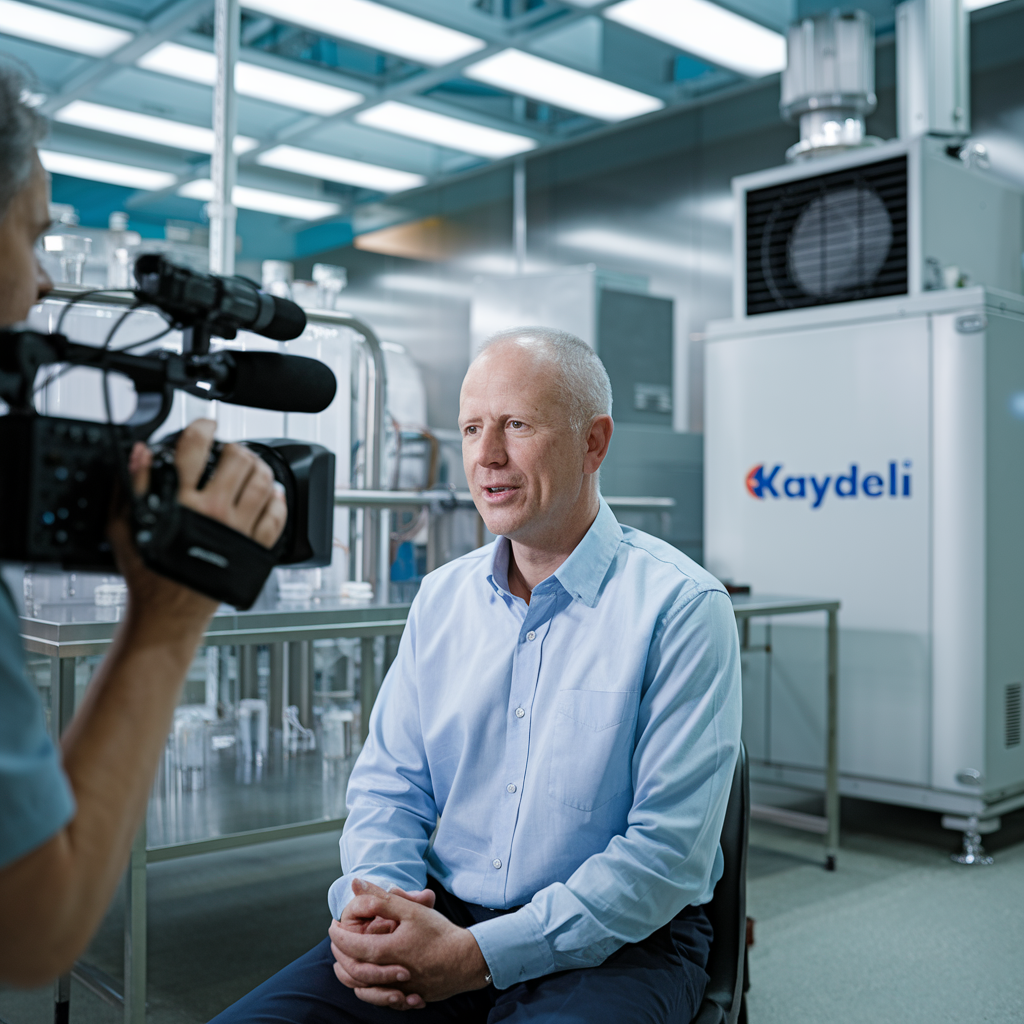
Jhon Deo
For environments where temperature stability is critical, customers in pharmaceutical manufacturing value the precision of Kaydeli’s Scroll Type Chillers. Feedback often highlights their quiet operation and reliable performance under stringent requirements.
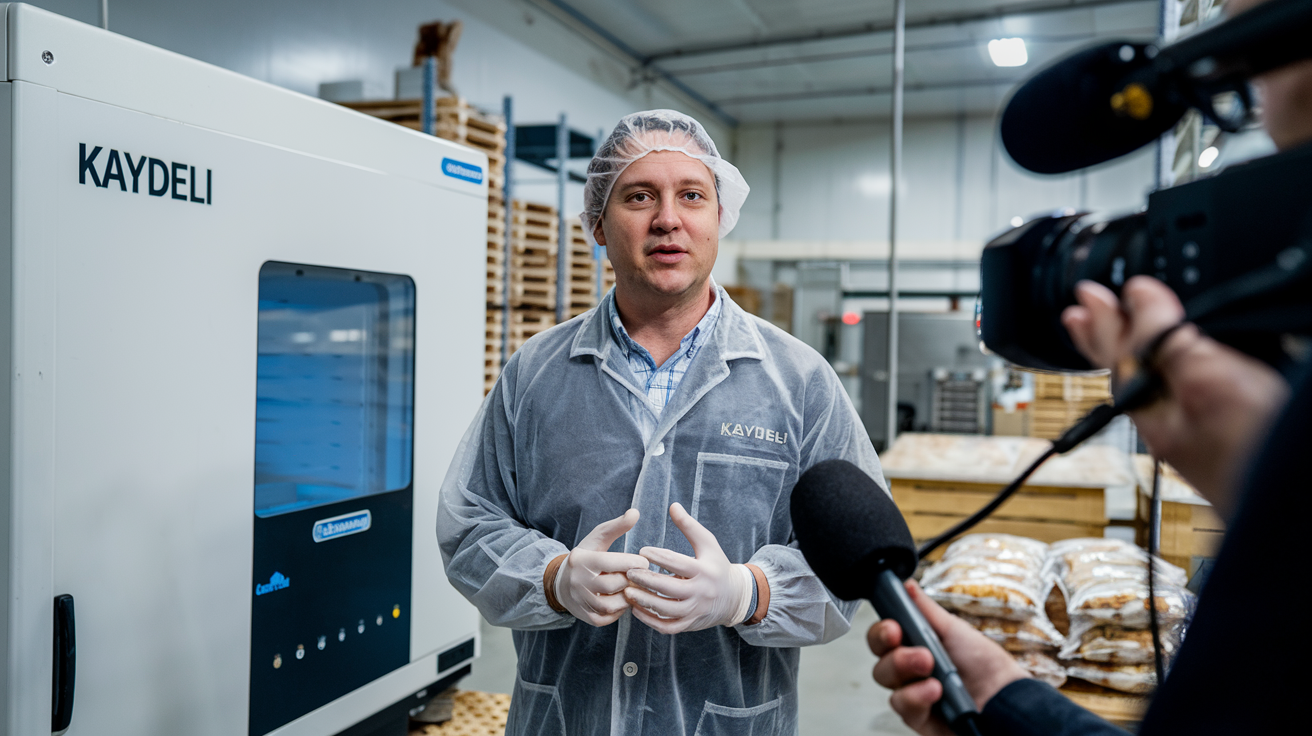
Jason Leo
Food processing facilities value the chiller’s ability to maintain low temperatures reliably, reducing spoilage and preserving product quality even under heavy load conditions.
